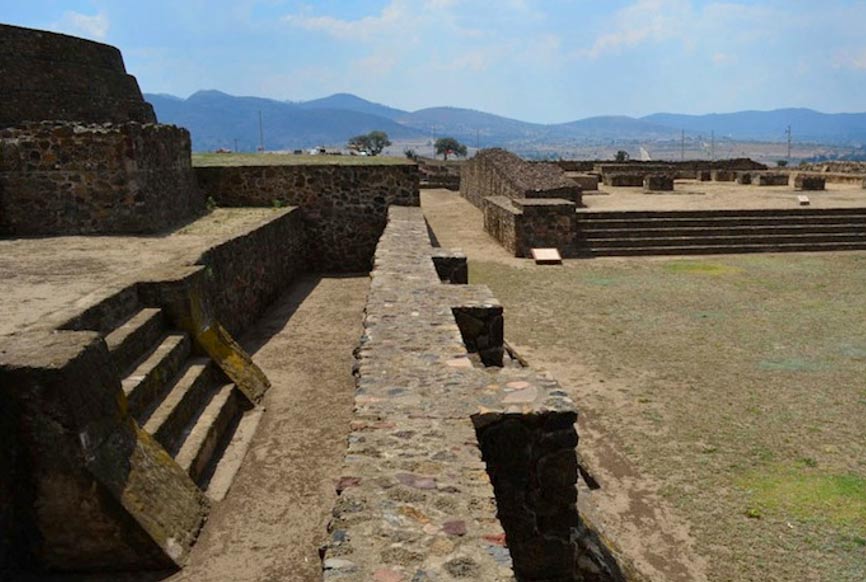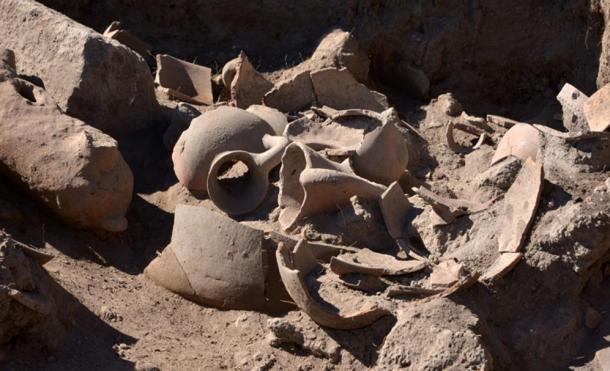History has served up a whole range of grisly events. From war to sacrifice, ancient tales of times gone by have shown us some of the darkest sides of the human condition. When it comes to dark tales, however, you might be hard pressed to find anything quite as gruesome as the revenge of the Aztecs. Taking place in 1520, the grisly event has gone down in history, serving as a warning of revenge for generations to come.
In 1520, the native people of Mexico City took their home back from an Spanish invasion, capturing 550 conquistadors who were living on their land. Taking place in what is now the town of Zultepec-Tecoaque, the takeover now serves as an archaeological site and has been studied in depth over the years. Thanks to the event, researchers have been able to better understand the period and the changes that occurred at the time.
During the 16th century, the Spanish were quickly gaining in power, looking to areas of what is now Mexico in order to expand their hold on the world’s stage. Having initially arrived one year earlier to Zultepec-Tecoaque, the Spanish invaders were quick to make their mark on the region, soon taking over. While their leader, Hernán Cortés, was an ally to a number of the Aztec leaders, his actions had angered a number of locals around the country. After he had made his way into the country, Cortés soon journeyed elsewhere, leaving his own locals to watch over the land he had taken.
During his absence, however, things did not go quite as planned. The natives, already unhappy by the changes they had imposed, decided not to accept the new European population. Taking matters into their own hands, they formed a rebellion which quickly grew in ranks. Fighting against the conquistadors, the native population soon captured the entire convoy, keeping them in door-less cells for periods of six months. During this time, prisoners were slowly decapitated, sacrificed and cannibalized by the natives and before long, no European invader was left.
While the Aztecs did not leave behind any clues as to why they ate their prisoners, researchers believed the act could have been tied up in religion. Some theories suggest that locals believed in eating your enemy, you internalized their power, growing stronger in the process. An act of revenge and spiritualism, the cannibalization only served to strengthen the local population.
Although the Spanish did eventually gain power over the native population, the event has gone down in history as one of the most violent takebacks. While it is known that prisoners were decapitated and sacrificed, bone readings have suggested that women and children suffered far worse fates than the men. Killed to appease the gods, they are believed to have been tortured in a myriad of ways, and often in public.
Despite the scale of the event, there is very little written about the sacrifice of the Spanish population in Mexico. It is only through archaeological finds and bone analysis that researchers can begin to understand what might have happened all those years ago. Although the Aztecs’ intentions might not always have been clear, experts are slowly putting together the pieces of the puzzle. As time goes on, so does our understanding of the gruesome details of the Spanish sacrifice.




